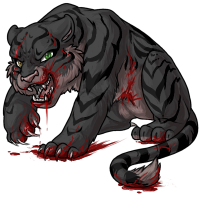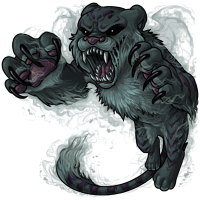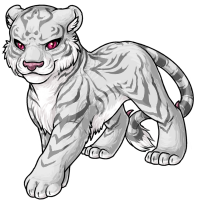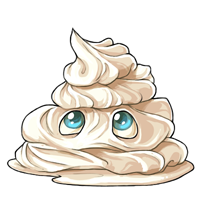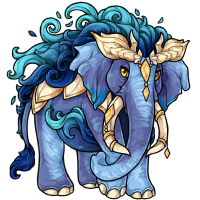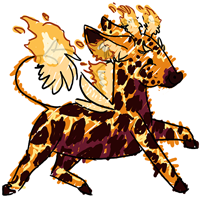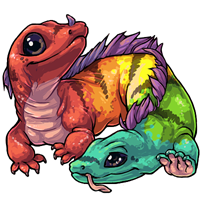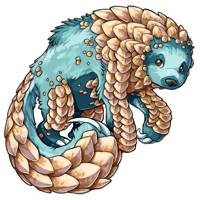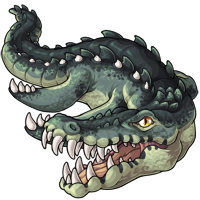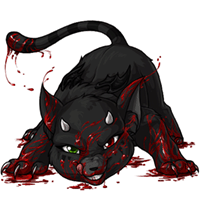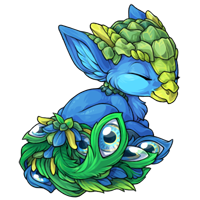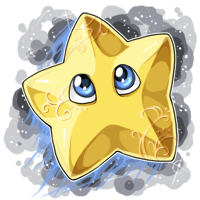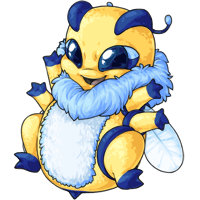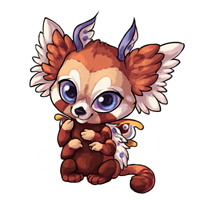Information
Zabelle. has a minion!

Loveless the Sheir

Loveless the Sheir
Zabelle.
Legacy Name: Zabelle.
The
Owner:
Age: 12 years, 5 months, 1 week
Born: November 10th, 2011
Adopted: 5 years, 3 months, 2 weeks ago
Adopted: December 30th, 2018
Statistics
- Level: 21
- Strength: 11
- Defense: 10
- Speed: 10
- Health: 10
- HP: 10/10
- Intelligence: 1
- Books Read: 0
- Food Eaten: 0
- Job: Beach Comber

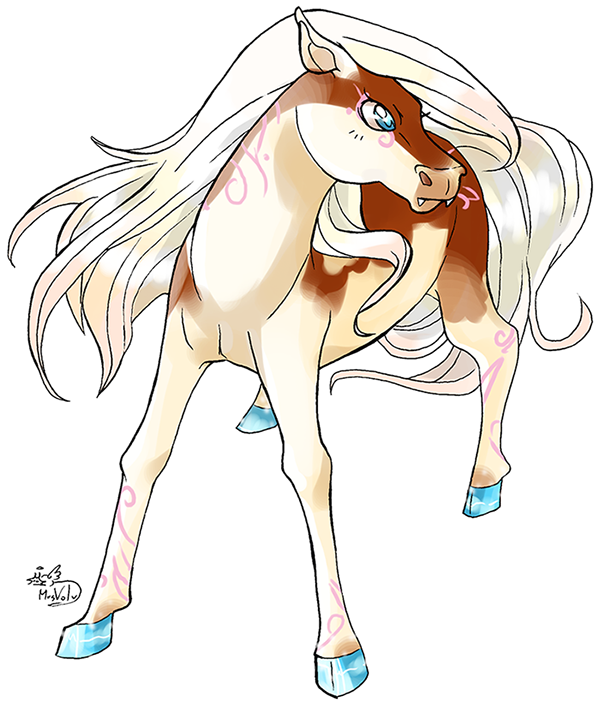
Equus Praedatorias
Scientific Name: Equus Praedatorias (Translates to: "Predatory Horse")(Casually referred to as "Praeda")
- This term can be used for both genders and/or "mare" and "stallion" are politically correct.
Base Coat: Any natural colour
- All coat colours are permissible,however broken coat colours such as appaloosa or pinto patterns are exceedingly rare and are almost never seen. Permission must be asked to create one of these special Praeda. Roaning does not count as a "broken" coat colour and while unusual it is not coveted as much as pinto or appaloosa colours.
Markings: Any colour(though pastels are preferred)
- Markings that are airy,swirly and elegant are much more coveted than solid, geometric and predictable markings.
- Markings have a deeper sheen than normal fur and when the horse is hunting they glow at a frequency that only other Praeda can see. They use this glow to coordinate their hunts.
- Markings are apparent at birth and do not change at any point during the horse's life.(It is unclear exactly how the markings come to be as the mares always go off alone to give birth. Some speculate that after consuming a special mineral the mother's fangs will glow; after which the mare carves the markings into their foal's coats.)
- Markings are usually located around the eyes, flanks, hips, legs, chest and neck.
General Information
- To avoid the need of farrier work, these animals have hooves made of naturally occurring stones, jems, and precious rocks. This also helps them to bring down prey when hunting.
- A breeding with a normal horse has never been recorded.
- A Praeda will never be shorter than 15 hands or taller than 18. On average they are sturdy horses, much like a cross between mustangs and the modern Quarter Horse or Paint.
- No one has ever recorded catching one, much less taming it. Since the are predators instead of herbivores they lack the "bit rests" that normal horses have and one would find it horribly difficult to put a bit in a mouth full of teeth that mimics a canine's
-As a general breed, they are not spooky, however they can be aggressive towards normal horses should they come across a band of them.
- These horses tend to live around 30 years.
The Fangs:
- A foal's fangs will begin to emerge anywhere between 4 to 6 months. During this time the dam will begin to present the foal with meat in an attempt to wean the foal.
- Upon reaching adulthood, a male's fangs can range anywhere from a foot to two feet long. Due to their enormous size, the males do not hunt, but use their fangs for territorial disputes, attracting mates and marking their territory by scraping the bark off trees.
- A female's fangs will reach just below their chins.
- Should a fang break it will not bleed, but it will never grow back again.
Hunting techniques:
- The specific glowing of each marking help to coordinate them as they hunt.
- These predatory horses hunt in a very similar manner to modern day wolves and lions. Much like lions the females do all the hunting and the males stay behind to protect the herd from rival males. Like male lions they are also the first to eat once a kill has been made.
Social Life:
- It has been noted that their behavior is an interesting mix of how wolves, horses and elephants behave in the wild.
- Their entire lives are a mix of searching for good hunting grounds, water and "Band Crossings" an enhanced version of the interaction between wild horses. Much like their cousins, stallions attempt to fight for mares. Stealing, cajoling and reclaiming. It is a free for all, including the Bachelor Groups. Due to their aggressive tendencies, these times are usually bloody.
- Once a male reaches sexual maturity his father will then chase him from the herd so to avoid inbreeding in his band. After this point it is not uncommon for males to form "Bachelor Groups" much like adolescent males in both elephants and horses do.
- On the other hand, the females stay within the herd, hunting alongside their family.
- However these creatures are still horses and commonly meet at communal watering holes.
- A band of these horses usually contains anywhere from 2 to 6 members consisting mostly of mares and foals and one lead stallion.
- There are several recordings of Praeda visiting places where they lost a member of their band, much like elephants in the wild.
- Pregnancies last the same time as other horses ( 9 months)
- Praeda are particularly impressed with their manes and tails. The longer and thicker the better. A shorn tail or mane is looked down upon in their society


